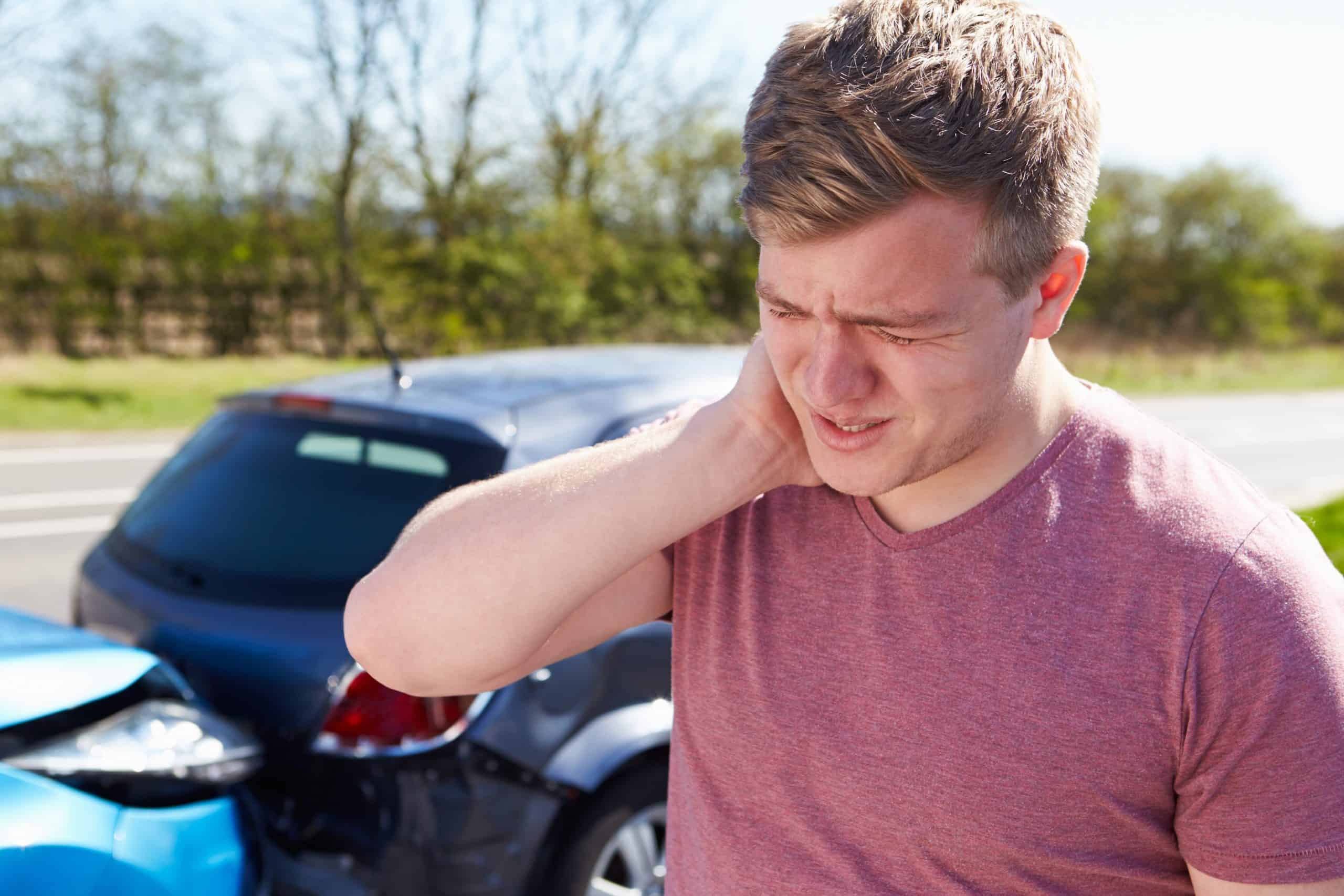
Even the gentlest of fender bender accidents create long-lasting spinal problems. Small, repetitive injuries produce severe spinal injuries in the long run. The human spine encounters its greatest stress through a build-up of impacts over time rather than a single, significant trauma. A comparison would mimic wear and tear on the axel and tires of an automobile due to consistent and repetitive driving. Similar processes occur with cavities in teeth or hardening of arteries due to plaque build-up. Many symptoms experienced in the body stem from constant and repetitive exposure to stress.
A very popular cause of early aging, degeneration, and wear and tear in the spine originates from low impact trauma caused by a car collision. Low speed accidents that seem benign have been proven to cause great harm. Research shows that low speed motor vehicle accidents will still produce significantly negative changes in the spine. Small problems in the spine tend to be the biggest producers of larger issues like disc bulges, degeneration, and spinal protrusions. Low grade problems fly under the radar and do not seem cause for treatment until those little issues become big issues.
Researchers performed MRI studies on 100 uninjured, asymptomatic adults (aged 18-53) and compared them to 100 adult accident victims following low-impact motor vehicle accidents. Asymptomatic means the subjects experienced no symptoms so the study essentially evaluated one group of 100 spines of individuals with no pain or symptoms and compared them to a group of 100 people who were recently involved in a low-impact motor vehicle accident.
The study categorized the results in these four areas:
100 Normal Subjects:
- Loss of good neck curvature = 4%
- Frontward range of motion = 50 degrees
- Backward range of motion = 60 degrees
- Disc Herniations = 2%
100 Whiplash Victims (12-14 weeks after)
- Loss of good neck curvature = 98%
- Frontward range of motion = 25 degrees
- Backward range of motion = 35 degrees
- Disc Herniations = 28%
Participants in a low-impact car accident lost 50% more range of motion in their spine, suffered 25 times more loss of proper neck curvature, and experienced fourteen times more disc herniations than those who had not been in a recent car accident. This study proves that low impact accidents of any type can and will create significant problems in the spine over a duration of time. Most long term problems occur without the presence of symptoms or initial pain. Chiropractic continually educates people on the power of proactive care in addressing and resolving health issues before they become major problems requiring major drug or surgical interventions.
The findings of this study explain why all motor vehicle accident victims must have their spine evaluated and cared for immediately following an accident. No collision is too small to risk a big impact on someone’s health. Even low speed car accidents present the risk of permanent spinal problems. Chiropractors deliver gentle adjustments that improve spinal range of motion, halt or slow the degeneration process, and improve central nervous system function. Taking time to proactively care for the spine empowers the body to halt or reverse damage. Longevity and maximized health begins with Chiropractic.
Emergency Radiology
November 2002
“The use of flexion and extension MR in the evaluation of cervical spine trauma: Initial experience in 100 trauma patients compared with 100 normal subjects.”
Vincenzo Giuliano 1, Concetta Giuliano, Fabio Pinto, Mariano Scaglione
COMPLIMENTARY CONSULTATION
If you or someone you know has been in an accident, no matter how minor, CORE Health Centers can help! Give us a call at 844-814-CORE(2673) or request an appointment and schedule your Complimentary Consultation today!
